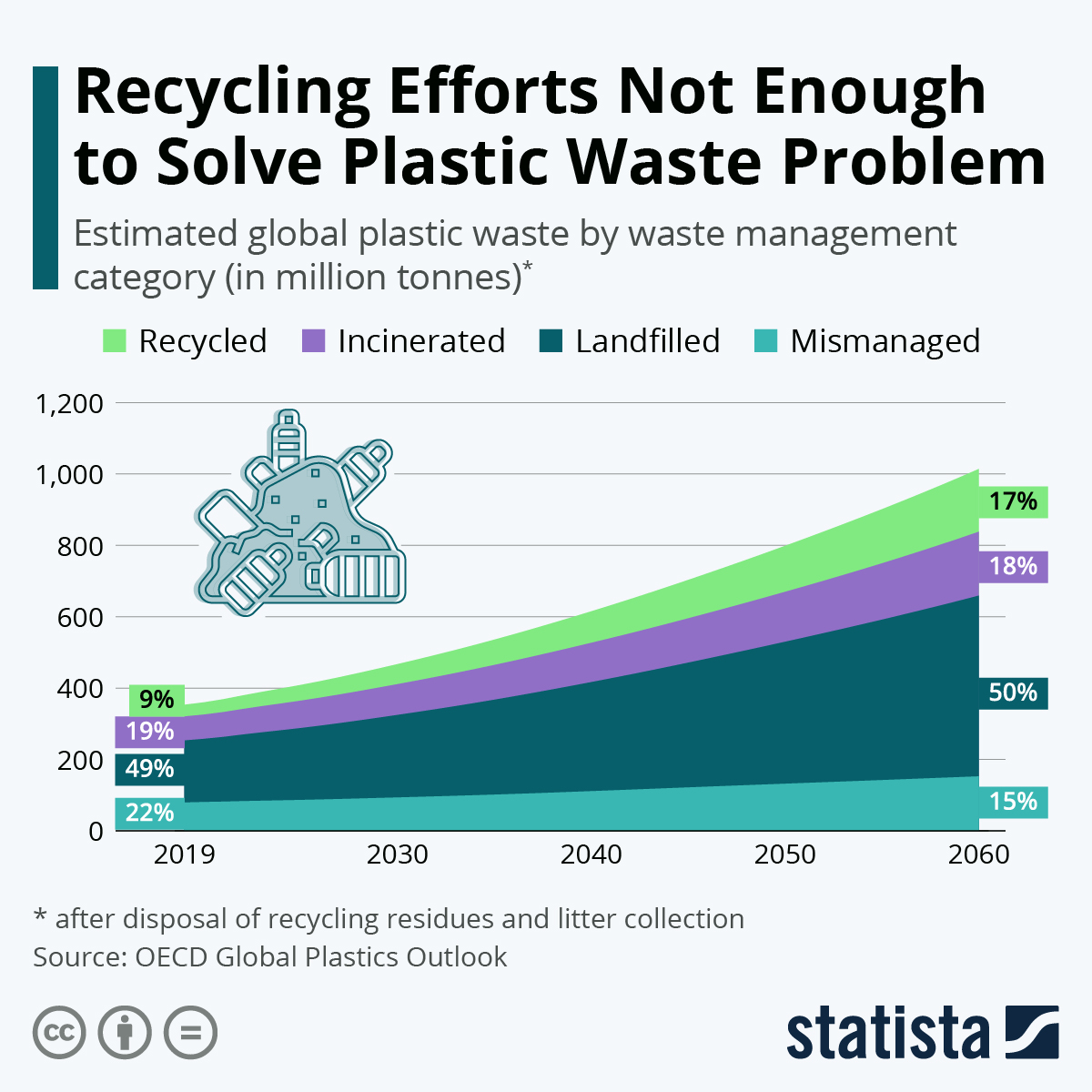Investigation topic 2: Producing and using ‘greener’ polymers
Both natural and synthetic polymers play an important role in everyday life. The cells in animals and plants are built of, and metabolise, natural polymers. Proteins and carbohydrates in our food are both polymers. Synthetic polymers are used for a myriad of purposes in everyday life but may present challenges in terms of the by-products resulting from their manufacture or breakdown, and their persistence in the environment. The sustainability of polymers can be considered in terms of whether these plastics can be avoided by using different products or activities, reduced through design, or replaced by different materials.
Questions that may be explored in this investigation include:
· What is the difference between micropolymers and nanopolymers, and how are used plastic materials and litter managed and repurposed?
Polymers
Micropolymers
A micropolymer is a microparticle made from a polymer.
- Environmental Toxicology and Chemistry—Volume 41, Number 3—pp. 515–540, 2022"Polymers are typically high–molecular weight (HMW)
molecules made up of repeating subunits (“monomers”).
Fundamentally, they have been defined by the OECD as
having a simple weight majority of molecules comprising at
least three monomer units bound to another reactant or monomer unit"
Brunning, H., J. Brett Sallach, Zanchi, V., Price, O. J., & Alistair B.A. Boxall. (2021). Toward a Framework for Environmental Fate and Exposure Assessment of Polymers. 41(3), 515–540. https://doi.org/10.1002/etc.5272
- Investigating marine plastic pollution - Student driven citizen scienceTeacher information booklet on a possible middle school project that students can do but has a good basic introduction/explanation of microplastics and a list of resources in the reference section.
Nanopolymers
A comprehensive overview of nanopolymers
Included
- Introduction to Nanopolymers
- Properties oF Nanopolymers and their Composites
- Preparation of Nanopolymers
- for example Electro-spinning method
- Bio-hybrid polymers, the nanofibers
- Size and pressure effects on nanopolymers
Nanopolymers. (2023). Chemeurope.com. https://www.chemeurope.com/en/encyclopedia/Nanopolymers.html
- Nanoplastics 1995What did people think was in their future? What did someone in 1995 predict nanoplastics were going to be?



